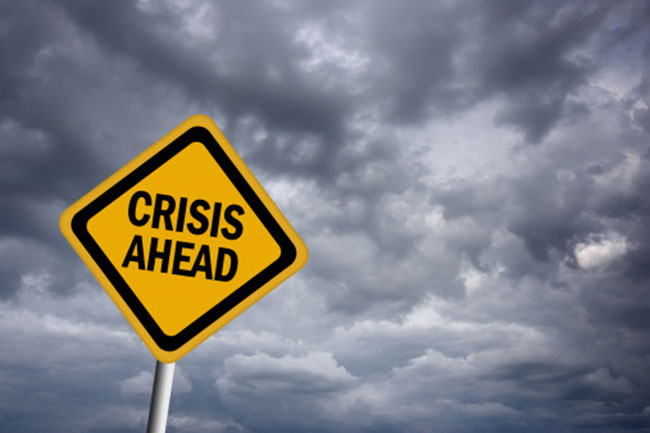Winter is coming, which means there is a disaster just waiting to happen. There are dramatic things like huge blizzards that result in power outages, ice storms that make for hazardous travel and structural damage to buildings and wires, and bitter cold that freezes and bursts pipes, resulting in flooding.
Add those interesting seasonal hazards to the year round risks of things like fires, vandalism, and natural disasters, and it becomes abundantly clear that any business owner worth their salt had taken into account the possibility of disasters, and has planned for them.

A good plan, or sets of plans, can mean the difference between rapid disaster recovery and total ruin
The best time to take stock on disaster readiness and become better informed about it is before said disaster actually hits. With that in mind, read on …
What Kind Of Disaster Should You Be Ready For?
While it may come across as sounding too flip to say “All of them”, the underlying principle is still sound. Natural disasters, weather – related crises, blackouts, even things like hacker attacks, terrorism, riot mobs, or disease outbreaks, all need to be taken into account in today’s world.
Granted, some common sense needs to be applied here, especially in ascertaining the likelihood of particular disasters. Some places in the country never experience tornadoes, for instance. While it’s prudent to plan for a disaster even if the likelihood is small, it also makes sense to have a plan whose level of detail is commensurate with the disaster’s likelihood.
For a more detailed analysis, read up on “Disasters Your Data Needs To Be Protected Against”.
But one measure stands out, because it’s relevant to any of the above-mentioned disasters…
Save The Data!
If the personalities of human beings are the sum total of their memories and experiences, then data is the sum total of your business’ identity. Everything that your company is, everything that makes it work, comes down to data. If that data is lost, everything from employee records to customer accounts, from company budgets to inventory reports, goes away.
Sure, you have the physical building and whatever inventory and equipment that is present, but good luck in trying to perform any commerce with a lack of basic company information. Things like a delivery truck destroyed by a fallen tree or a plate glass window shattered by destructive hail can be easily replaced; if your data is permanently lost then your company is in mortal danger, simple as that.
What To Do?
Okay, so it’s been established that there’s a lot that can go wrong in terms of disasters, and that data is precious and needs to be protected at all costs. So, how does one go about doing it?
Make Disaster Contingency Plans
Bring together the representatives and managers from your company’s important department, such as management, IT, security, building management, records, and anything else, and come up with a series of contingencies that address particular emergencies. With all of these people giving input, no department is left out in the cold.
Once plans have been formulated, they need to be documented and disseminated to everyone involved, so that everyone’s on the same page and knows what to do. Make a master list of everyone who has access to the plans, their contact information, and what their responsibilities are when disaster strikes.
Backup!
Back up your data and keep it safe, and the best way to do that is to follow the Backup Rule of Three. You need to create three copies of all important data that you consider important. Employ two different formats, such has hard disk and flash drive, and have one set of data backups stored offsite. This way, if your building was ruined in a flood, those water-logged drives that had the backup in the basement weren’t the only copies available.
It’s scenarios like the one just described above that make it completely imperative that one copy of your data is located off-site. That could mean storing a physical medium off-site, or using cloud backup storage, something like BackBox, SkyDrive, or DropBox, for instance.
Some Parting Thoughts
No disaster measure is perfect, and there’s no way humanly possible for a company to be absolutely ready for every sort of crisis imaginable. The best that a business can do is come up with contingencies for the most likely problems, make sure everyone knows what to do, and keep copies of all of your data offsite somewhere. Following this, any business stands an excellent chance of minimizing the damage done by a disaster, and shortening recovery time.
It also doesn’t hurt to occasionally test out your backup plan. Read up on “Have You Tested Your Backup Lately?” to find out more details.
Are You Ready For A Disaster,




